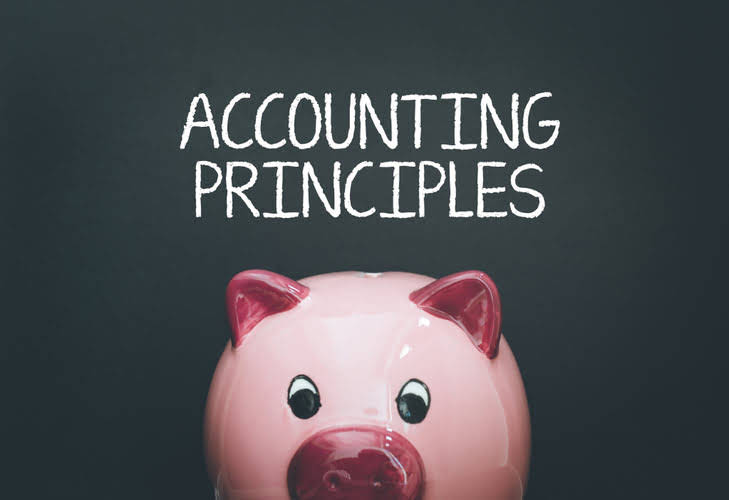Predetermined Overhead Rate Formula How to Calculate?

A financial professional will offer guidance based on the information provided and offer a no-obligation call to better understand your situation. Finance Strategists has an advertising relationship with some of the companies included on this website. We may earn a commission when you click on a link or make a purchase through the links on our site.
Accounting Jobs of the Future: How Staffing Agencies Can Help Land Them
- Suppose that X limited produces a product X and uses labor hours to assign the manufacturing overhead cost.
- The articles and research support materials available on this site are educational and are not intended to be investment or tax advice.
- The estimate is made at the beginning of an accounting period, before the commencement of any projects or specific jobs for which the rate is needed.
- A good rule of thumb is to ask yourself if the cost will be incurred regardless of how much product you’re making.
- In more complicated cases, a combination of several cost drivers may be used to approximate overhead costs.
Management analyzes the costs and selects the activity as the estimated activity base because it drives the overhead costs of the unit. For example, assume a company expects its total manufacturing costs to amount to $400,000 in the coming period and the company expects the staff to work a total of 20,000 direct labor hours. In order to calculate the predetermined overhead rate for the coming period, the total manufacturing costs of $400,000 is divided by the estimated 20,000 direct labor hours.

Great! The Financial Professional Will Get Back To You Soon.

Therefore, this predetermined overhead rate of 250 is used in the pricing of the new product. Hence, preliminary, company A could be the winner of the auction even though the labor hour used by company B is less, and units produced more only because its overhead rate is more than that of company A. The predetermined overhead rate calculation shown in the example above is known as the single predetermined overhead rate or plant-wide overhead rate. The estimate is made at the beginning of an accounting period, before the commencement of any projects or specific jobs for which the rate is needed. Carefully tracking overhead expenses is key for small businesses to optimize costs. This involves categorizing all overhead costs and regularly analyzing them to identify potential savings.
When is the predetermined manufacturing overhead rate computed?
The company, having calculated its overhead costs as $20 per labor hour, now has a baseline cost-per-hour figure that it can use to appropriately charge its customers for labor and earn a profit. That is, the company is now aware that a 5-hour job, for instance, will have an estimated overhead cost of $100. In other words, using the POHR https://www.bookstime.com/ formula gives a clearer picture of the profitability of a business and allows businesses to make more informed decisions when pricing their products or services. In this article, we will discuss the formula for predetermined overhead rate and how to calculate it.

This $4 per DLH rate would then be used to apply overhead to production in the accounting period. The difference between actual and applied overhead is later assessed to determine over- or under-application of overhead. We’ll outline the basic formulas used to calculate different QuickBooks types of overhead rates and provide overhead cost examples.
Our Services
Therefore, the one with the lower shall be awarded the auction winner since this project would involve more overheads. Small companies typically use activity-based costing, while large organizations will have departments that compute their own rates. Unexpected expenses can be a result of a big difference between actual and estimated overheads. Different businesses have different ways of costing; some use the single rate, others use multiple rates, and the rest use activity-based costing. This means that for every hour of work the marketing agency performs, it will incur $20 in overhead costs. The best way to predict your overhead costs is to track these costs on a monthly basis.
- Dinosaur Vinyl uses the expenses from the prior two years to estimate the overhead for the upcoming year to be $250,000, as shown in Figure 4.17.
- Properly calculating and applying overhead rates is an important accounting process for businesses to absorb indirect costs into their job costing system and product pricing.
- This option is best if you’re just starting out and don’t have any historical data to work with.
- After going to its terms and conditions of the bidding, it stated the bid would be based on the overhead rate percentage.
- As is apparent from both calculations, using different basis will give different results.
Limitations of the POHR formula
This means that since the project would involve more overheads, the company with the lower overhead rate shall be awarded the auction winner. Carefully minimizing overhead is crucial for small businesses to maintain profitability. Following expense optimization best practices and leveraging technology keeps overhead costs in check. Allocating overhead this way provides better visibility into how much overhead each department truly consumes.

Essential Overhead Rate Formulas Revisited
If Department B has overhead costs of $30,000 but direct costs of $70,000, then its overhead rate is 43%. Despite having lower total overhead, Department B is less efficient since its overhead rate is higher. As a result, predetermined overhead rate there is a high probability that the actual overheads incurred could turn out to be way different than the estimate. The total manufacturing overhead cost will be variable overhead, and fixed overhead, which is the sum of 145,000 + 420,000 equals 565,000 total manufacturing overhead. The differences between the actual overhead and the estimated predetermined overhead are set and adjusted at every year-end. You should calculate your predetermined overhead rate at least once per year.












